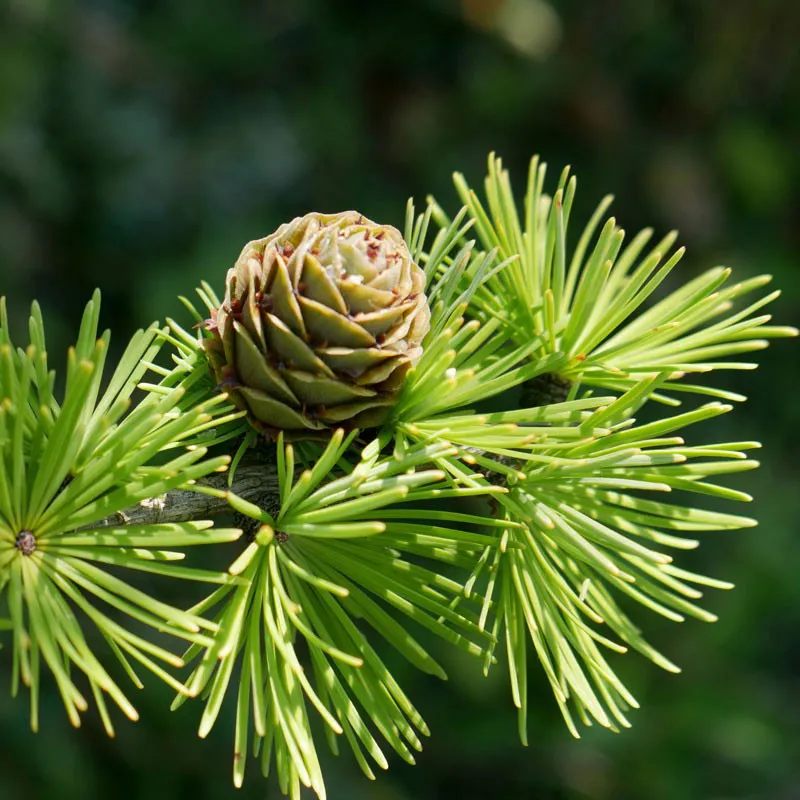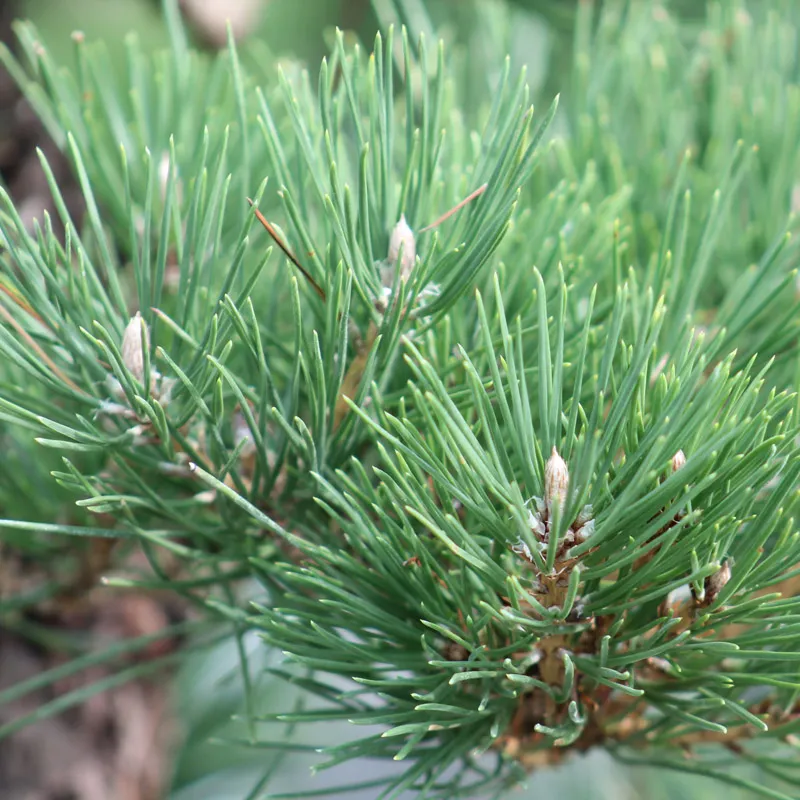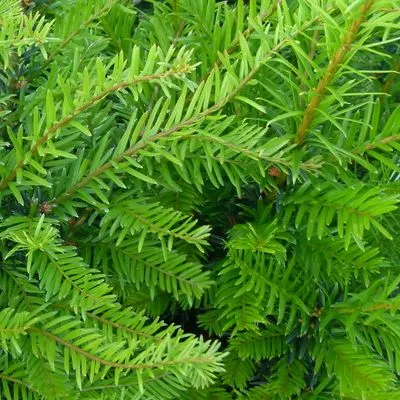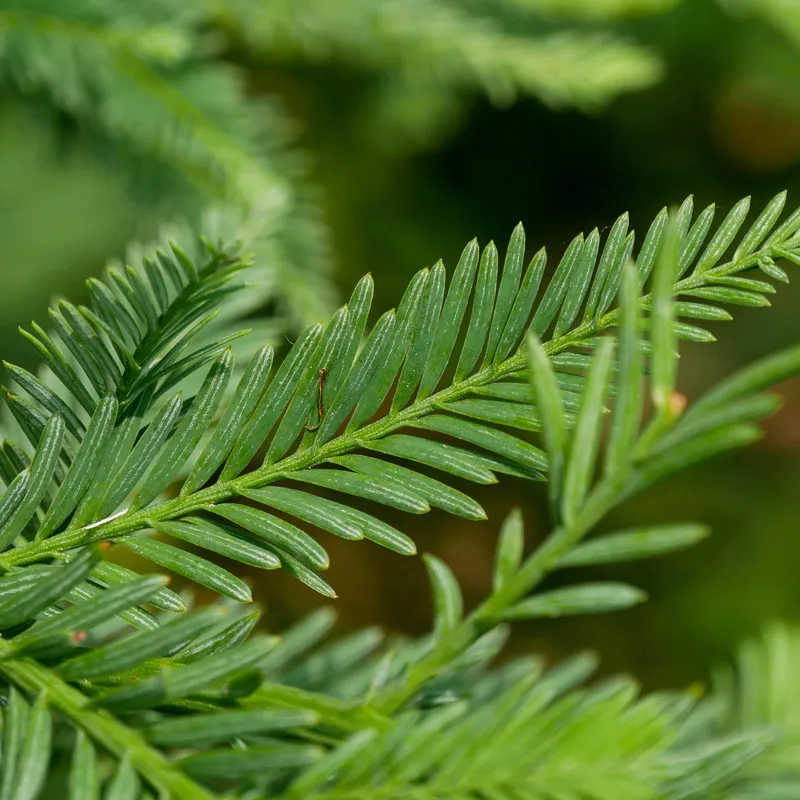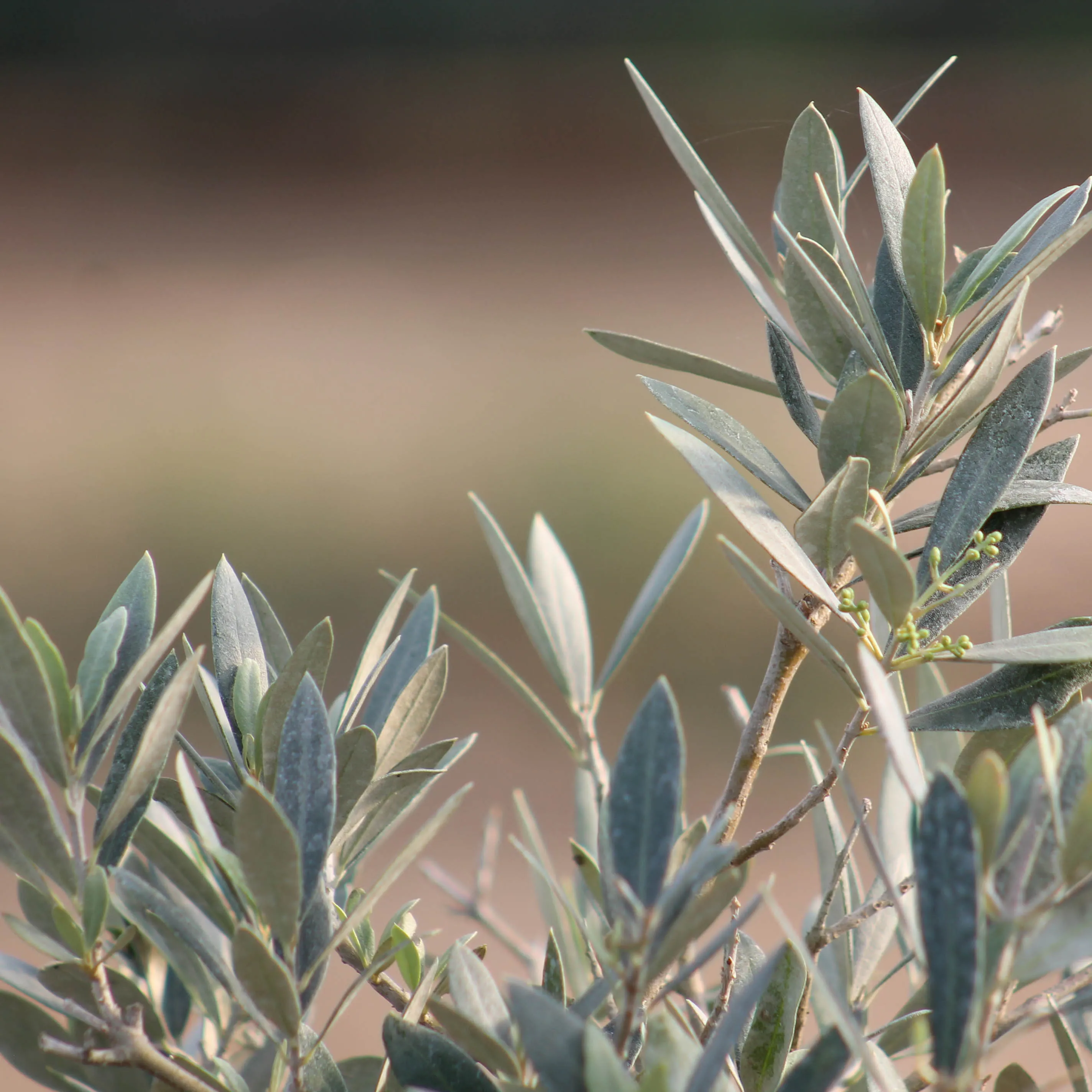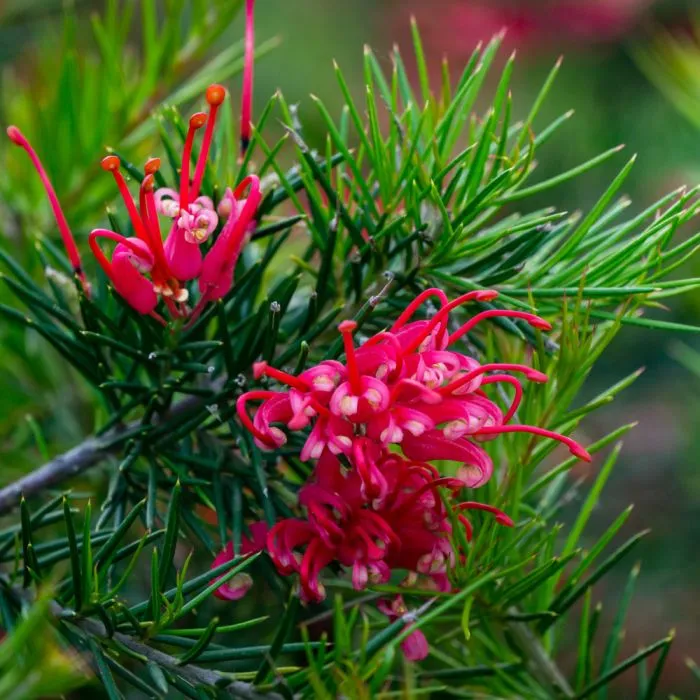In our nursery, we have thousands of bonsai trees ready to find a buyer from an amateur. This is already very busy, but we also continue to grow small plants. What for? Because the bonsai trees we sell have been cultivated for between 10 and 40 years. In addition, imports from Asia are increasingly regulated, and they will certainly soon be completely banned.
If we want that in 20 years bonsaikas can still find bonsai to buy in France, it is important to continue production. We are proud of our local production, in the Lot-et-Garonne. Our bonsai nursery is unique in Europe, here is a glimpse behind the scenes!
It all starts with a small plant planted in the ground
To form the trunk of a bonsai, there is no miracle or magic recipe. It has to be able to grow strongly and that can't be done in a pot. From small seedlings from seedlings or cuttings, we put them in the ground. This is where the work of formation begins, because it is not a question of letting it grow freely.
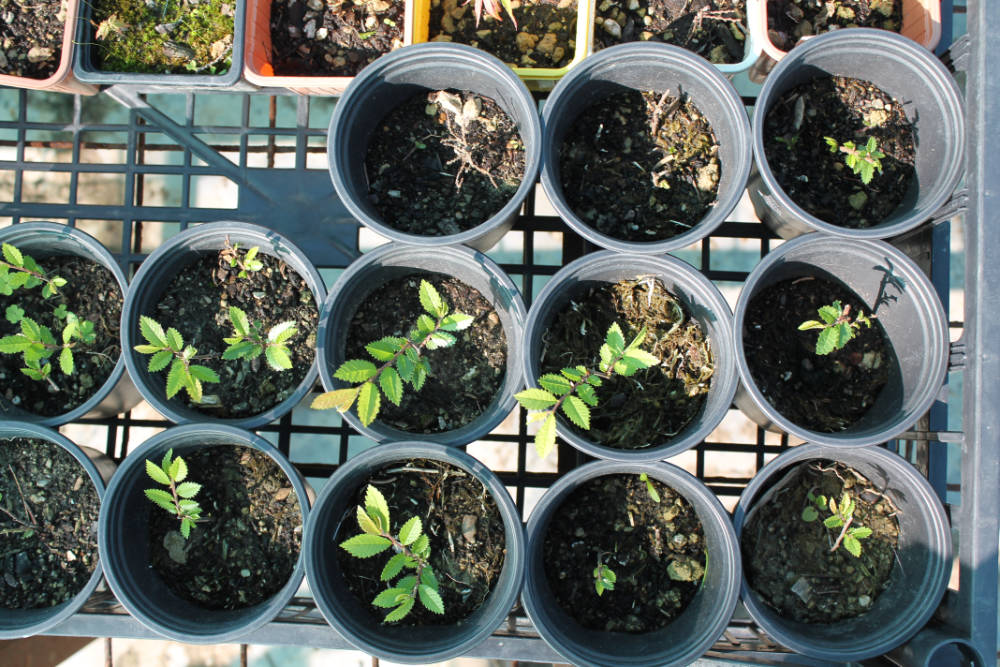
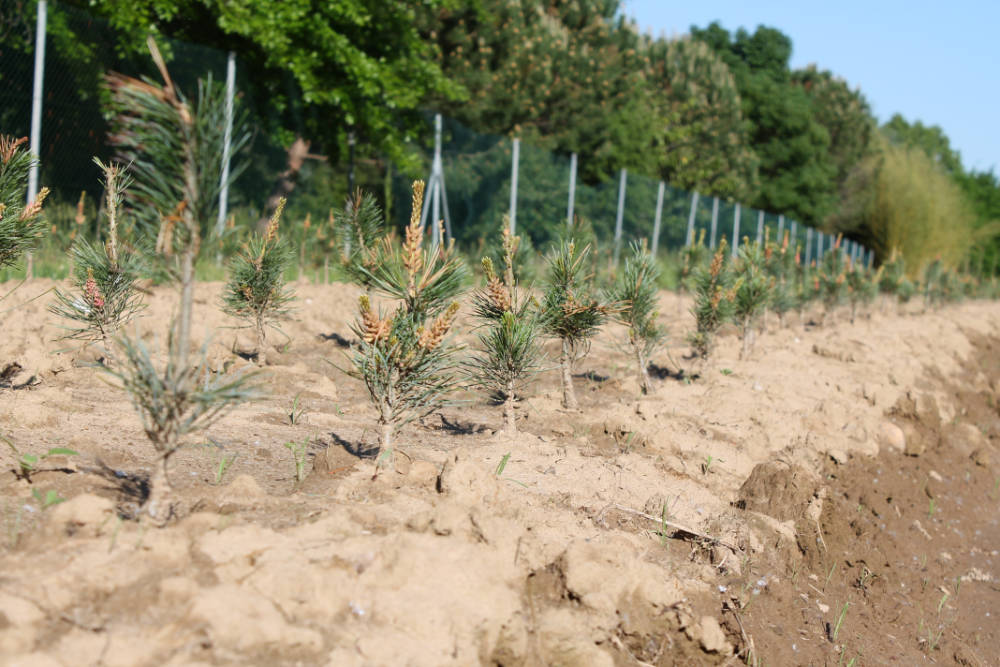
After decades of growing bonsai trees in the ground, we learned how to form a trunk and branches while maintaining a compact tree. It's about when, how, and where to prune. These small trees are regularly uprooted and replanted in order to work the roots. Because you don't need long, big roots, otherwise it will be impossible to put it in a pottery later.
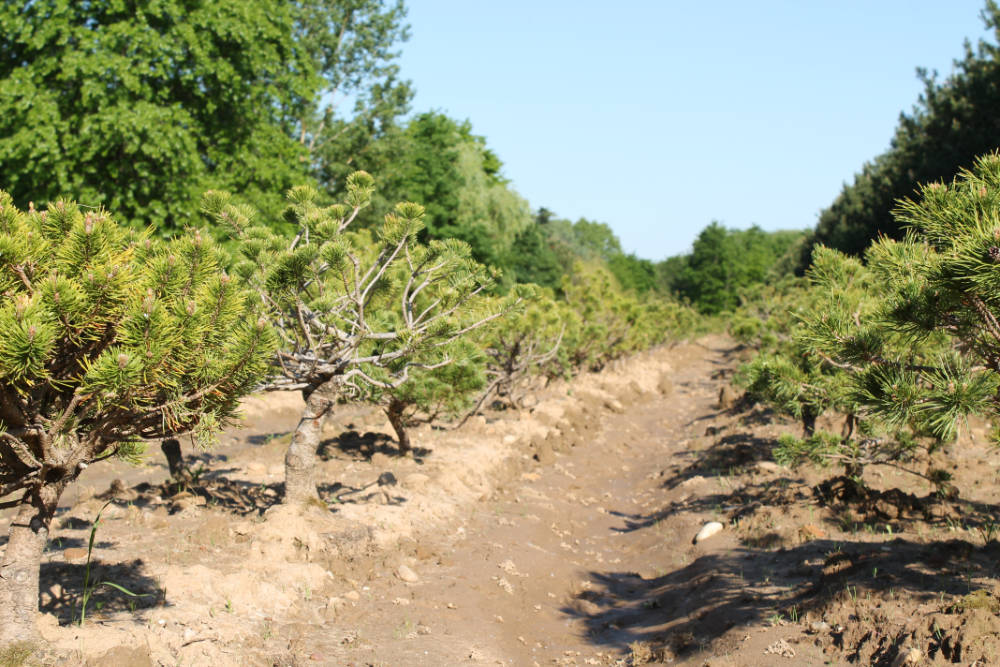
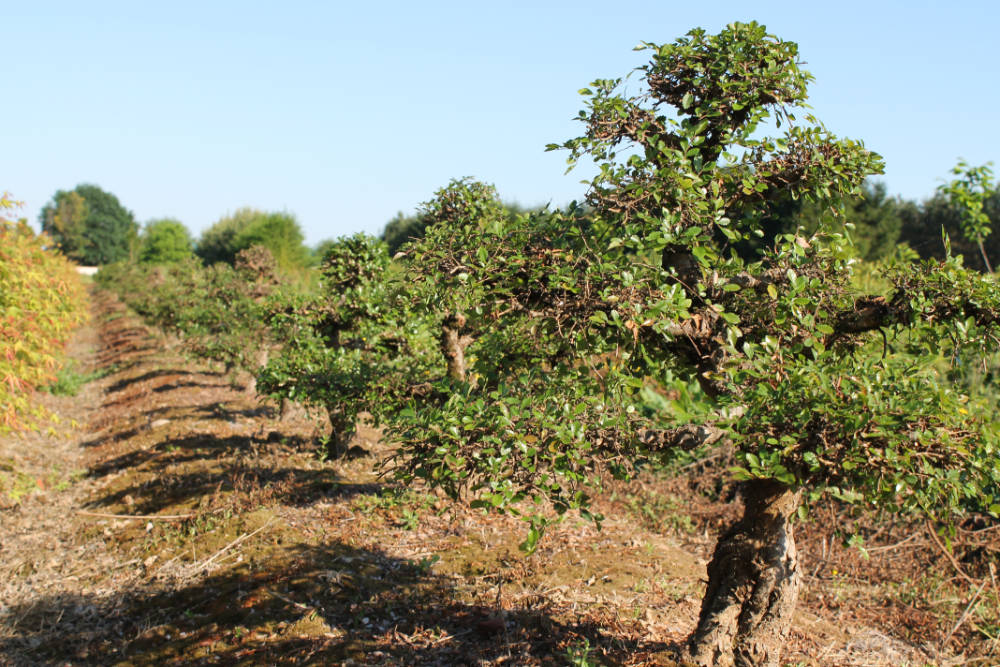
Depending on the goal we want to achieve, the trees are left in the ground for a longer or shorter period of time. The more we want a bonsai with a big trunk, the longer it will stay in the ground. Some species are also more vigorous than others, and it takes less time to form a trident maple than a pine.
A period of maturation in a growing pot
When we consider that the structure of the tree is in place, it is put in a grow pot. This helps to limit growth and therefore create branching. If the trunk and main branches form in the ground, the branching will necessarily develop in pots.
To learn more, feel free to read this article on how to prune a bonsai.
In our grow room, the trees are lined up by variety and size. When you manage such a large amount, you need to be organized with a well-established schedule. In the following pictures you can see for example our many Japanese maples in bonsai, our hornbeams, loropetalum, and many others.
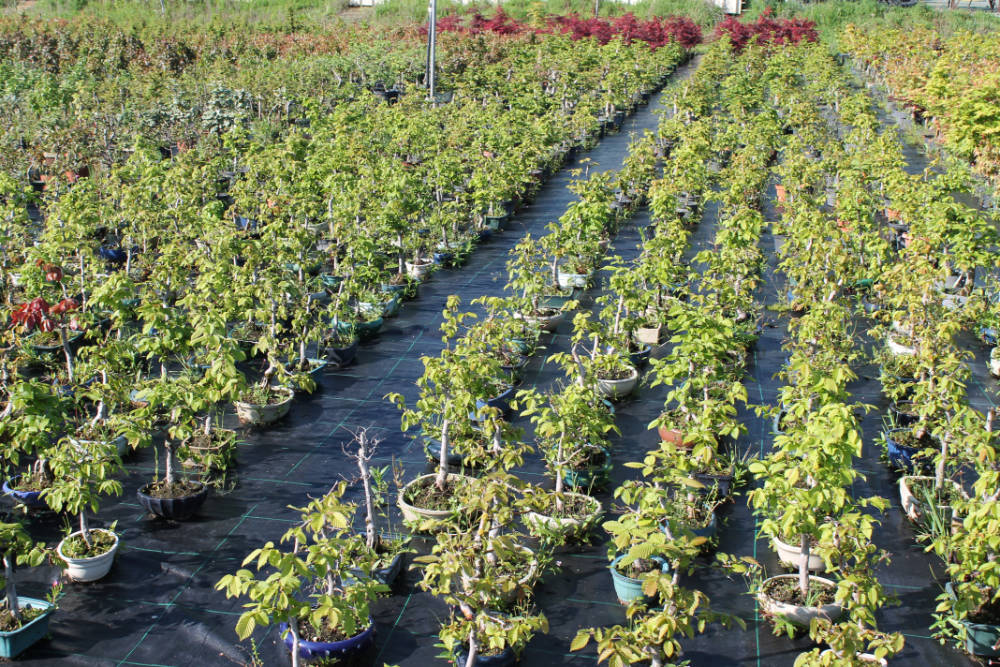
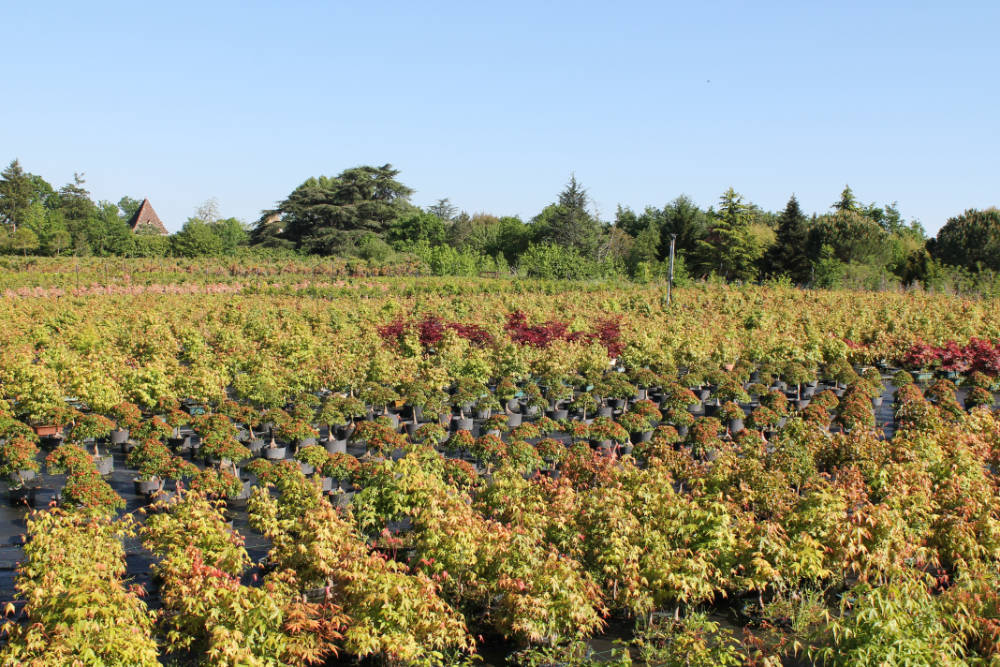
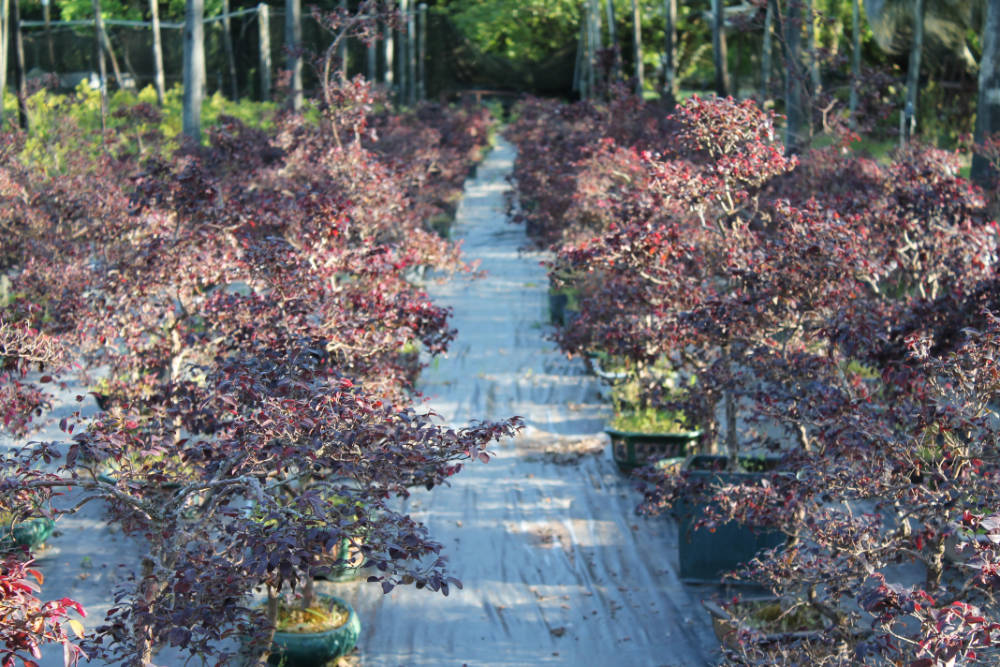
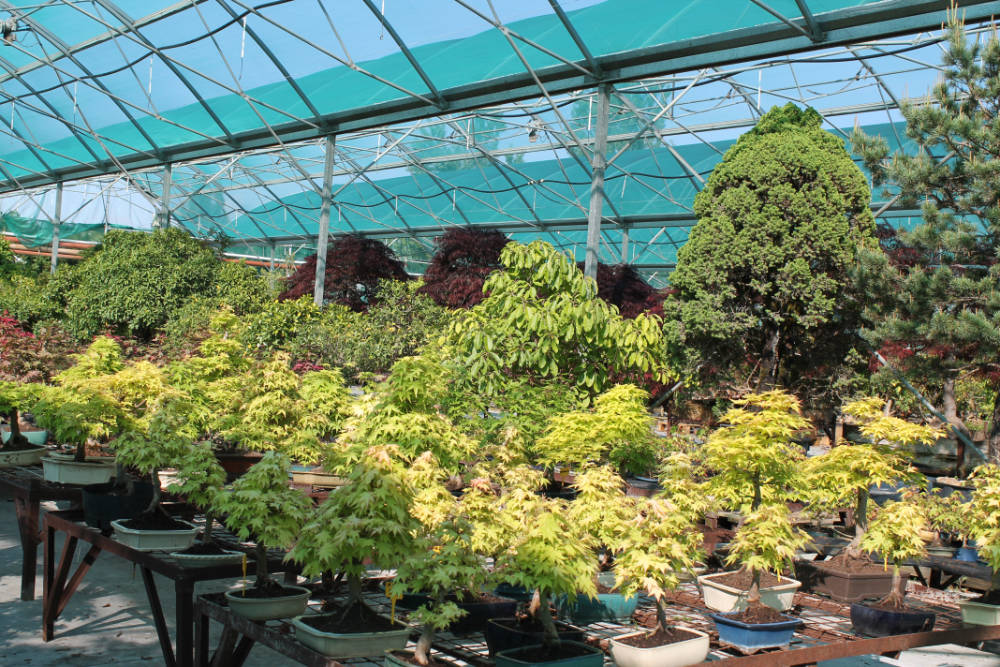


 Production of French Bonsai
Production of French Bonsai















